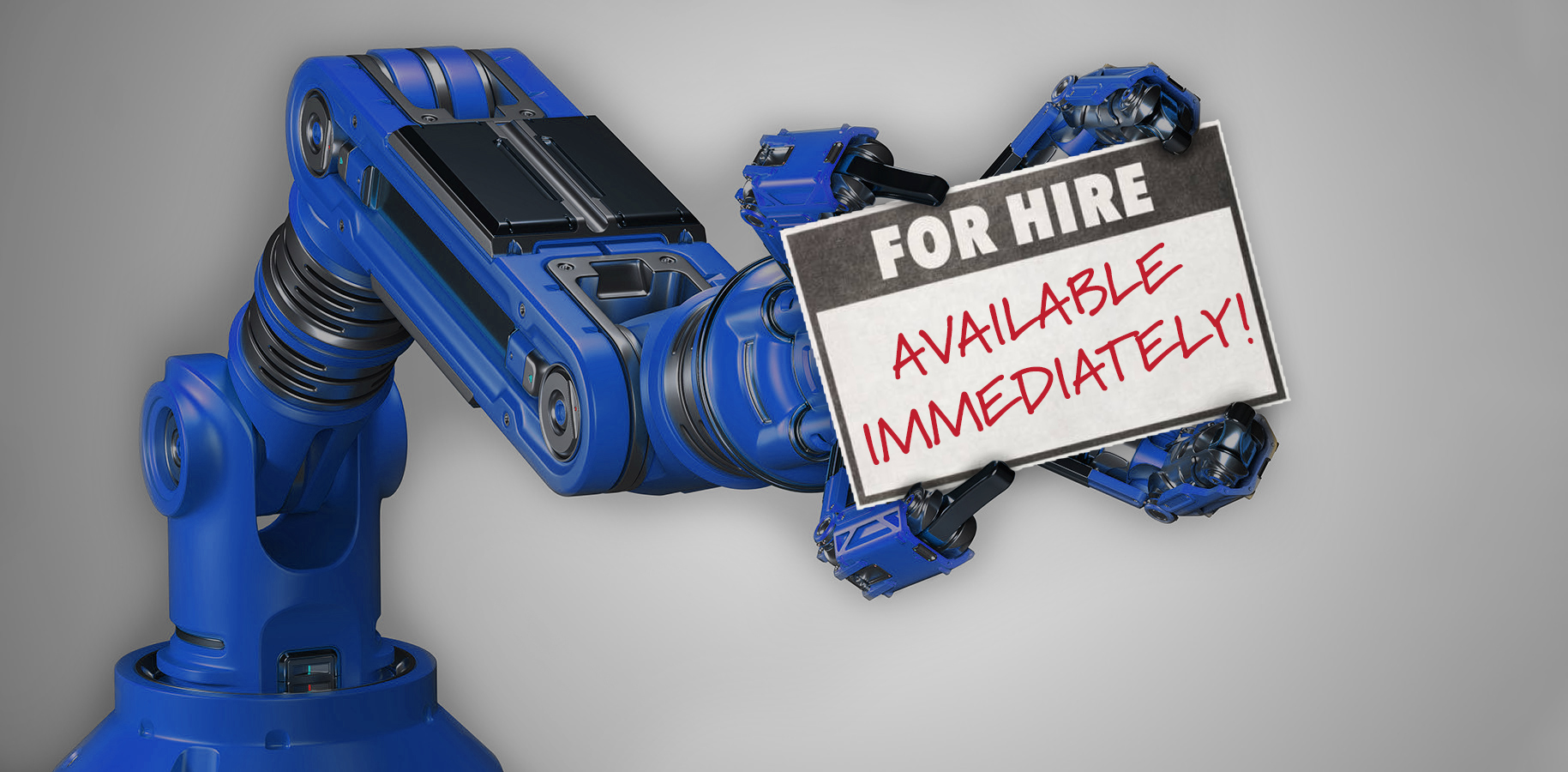Don't let rising rates hold your business back.
No matter what action the Fed takes on rates, you still want (and likely, need) the new equipment you're eyeing. We want to make sure you're presented with the options available to acquire it. Based purely on what we hear on the news, it seems like rising rates instantly turn any type of financing into something to avoid. In reality, the "rate effect" is pretty minimal in the world of equipment financing!
A few smart business tips can help your business grow and thrive no matter the economic environment...
How will rising rates impact monthly payments?
On an equipment purchase? Likely not much.
We routinely hear that rising rates will cause borrowers to pay tens of thousands more for their new home over the course of their term. While true for mortgages, it's not as drastic of a difference in equipment financing. Why?
Our average equipment finance term and amount is 4 years and around $35,000. Compared to a mortgage, it's a much shorter term and much lower financed amount. For that $35k, 48-month average purchase, we're talking around just $10-12 per month more out-of-pocket than it would have cost to finance a year ago. Over the course of their term, this customer would likely pay around $500 in "extra" interest. Not a deal-breaker.
Should you wait until rates are lower? (Cost vs. Benefit)
Many customers we talk to consider waiting for rates to go down before making an equipment purchase. There are a few reasons this may not be smart business:
1) Rates and/or equipment costs will likely continue to rise.
There's no guarantee that rates will go down anytime soon (it's likely they won't), and we know equipment costs will continue to rise. Let's keep going with the example above. The manufacturer may have to raise retail pricing by $1k this year. If rates happen to go down in the next 6 months, you might save a little bit in interest by waiting to purchase, but those "savings" are eaten up and surpassed by the rise in equipment cost.
2) You may be closing the door on a lot of business.
Customers aren't guaranteed to stick around forever. Don't hold yourself back from growth opportunity or retaining your current customers by putting off an equipment purchase. Automation and efficiency (lower labor costs for you!) and delighting customers with the ability to offer new products or services are two crucial things that keep your doors open and your business thriving,
Let's say you're a print shop looking to expand into engraving. (Or maybe a carpenter entering cabinet-making or a gym adding to your cardio line-up...) Rates have you hesitant to make a purchase now, so you decide to push it out for 6 months or a year. Chances are you'll be missing out on more revenue than the total interest paid back ($12/month in the example) on the new machine during that stretch of time.
3) As rates rise, the value of a business' cash on hand becomes greater.
When you finance new equipment vs. pay cash, you're able to keep your cash in the bank for other opportunities that arise. A strong bank balance acts as a hedge against inflation, helps protect your purchasing power, and ensures you can continue to operate effectively. Keeping the cash option open can sometimes be worth the small cost of financing equipment.
How can we help mitigate rates?
There are a few things we can do to lessen the impact rates will have on your financing. The biggest difference-makers are to adjust term length or dollars down. As is true in most types of financing...the shorter your term, the less interest you'll pay. (Note: your monthly payments will go up the shorter your term.) Likewise, the more money you put down up-front, the lower your total financed amount will be (therefore the amount of interest paid will naturally be lower).
If you use a combination of both strategies (more down + shorter term), you're mitigating much of the effect of elevated interest rates. And by getting your equipment now, you're leaving the door wide open to blow by the competition, expand your offerings, and grow your customer base.
The takeaways:
The bottom line is this: when it comes to equipment financing, rates aren't going to affect your payments much.
It's more important to:
- Determine what you need and what you can afford...and let a lender tailor financing to fit within your budget.
- Do a cost vs. benefit analysis. How does potential revenue compare with the cost of financing? What revenue or new customers will you be missing out on if you postpone an equipment purchase? Will you truly save any money by waiting?
And remember:
- With equipment financing's short terms and lower ticket amounts, rate is less of an issue than it is with mortgage lending.
- In the long run, inflation is likely to have more of an impact on monthly payments than rates will.
If you want to experiment with money down or length of term on your own, feel free to use our payment estimator tool. If you'd like some additional information or a more accurate payment quote, just contact our team! We can help you crunch numbers to figure out: which structure fits best with your budget, how different terms and money down will impact interest paid and monthly payments, and how we can maximize your savings come tax time.








Something to say? Share it!